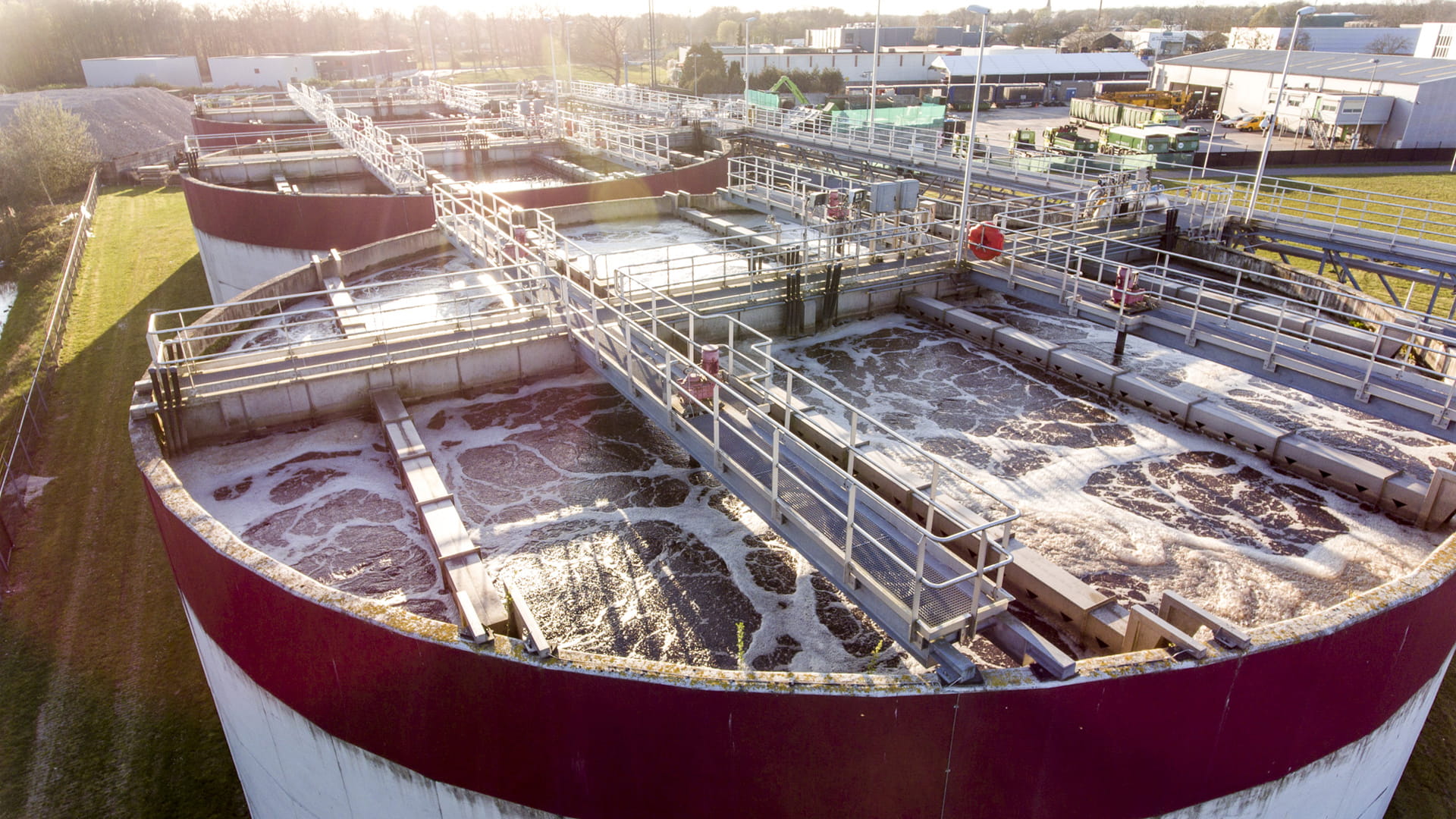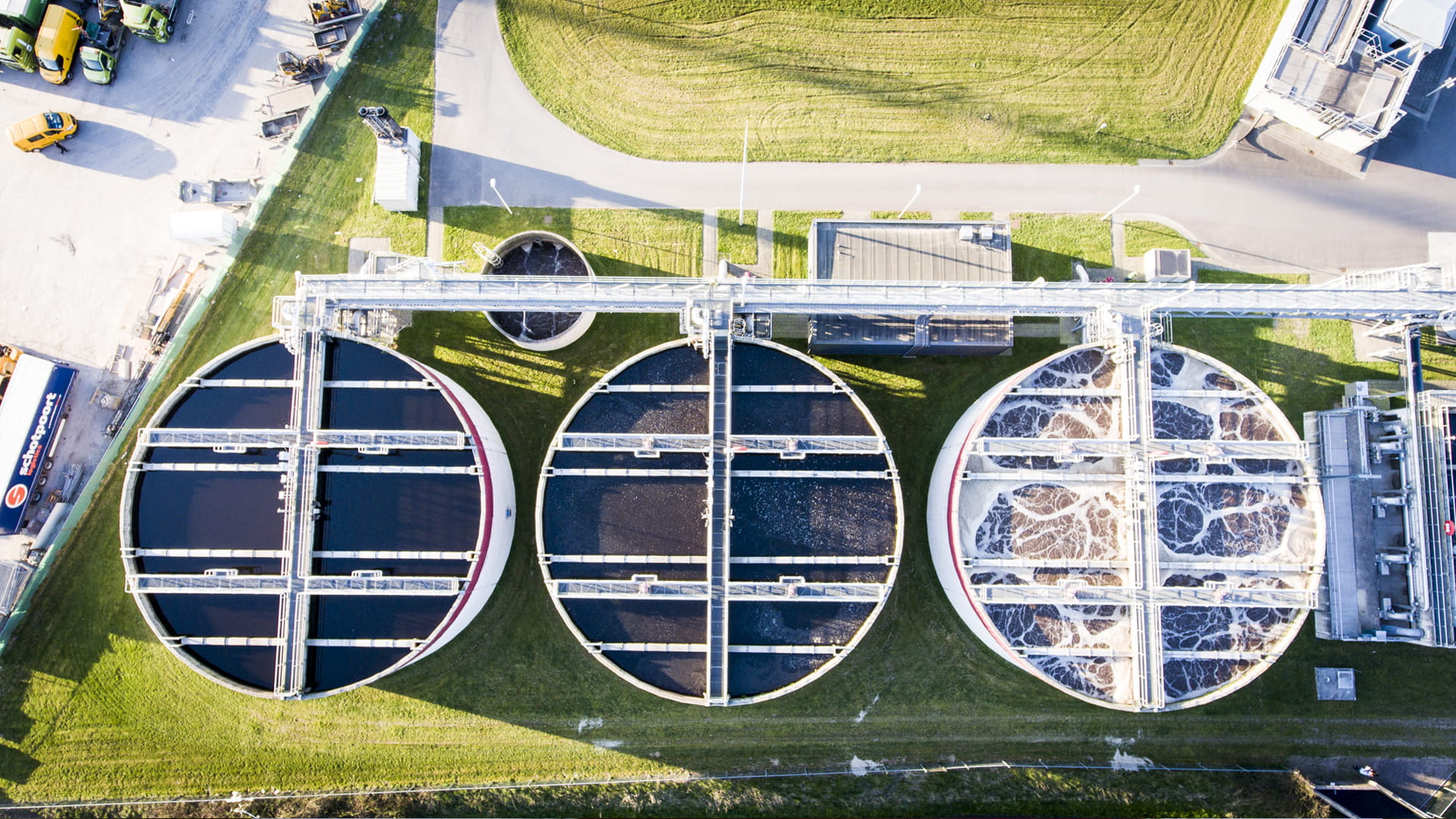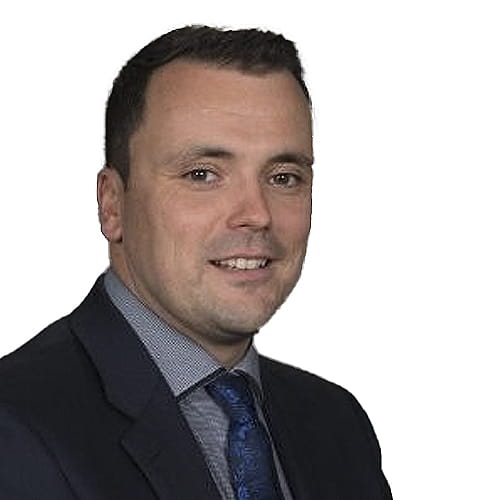WBL improves wastewater treatment performance with Twinn's smart water technology

Project facts
- ClientWaterschapsbedrijf Limburg (WBL)
- LocationLimburg, the Netherlands
- ChallengeUsing data science technologies to help stakeholders make better decisions, take appropriate action more quickly, continuously maximise value from infrastructure and optimise the cost-efficiency of operational management.
- SolutionDevelopment and implementation of a Big Data platform that collects data from across WBL’s network, together with the deployment of Twinn Aqua Suite smart water technology.
- ImpactMore efficient operations, actionable insights on pump behaviour and water volume discrepancies, and the ability to respond to leakage events in minutes instead of hours.
The most important thing we achieved is giving operators tooling and resources to improve performance, in terms of efficiency and emergency response capabilities. We are making operations and maintenance more future-proof, efficient and smarter.
The challenge
Future-proofing operations, boosting efficiency and maximising value from infrastructure
WBL, along with the global wastewater treatment industry, faces substantial challenges around climate change and the stricter regulations that make transport systems and treatment plants increasingly technically complex. At the same time, there are a growing number of available digital technologies that can convert data streams into valuable insights.
To leverage the opportunities from these technologies and future-proof operations, WBL launched a digital transformation initiative for its wastewater treatment infrastructure. A key aim was to incorporate data science technologies like machine learning and artificial intelligence to help them make better decisions, take appropriate action more quickly, continuously maximise value from infrastructure and optimise the cost-efficiency of operational management.
As part of this mission, WBL was looking to harness digital capabilities to better manage its complex infrastructure, including the ability to detect leakages faster, gain better insights on water volumes and take a more predictive approach to maintenance.
Leon Verhaegen, WBL’s Senior Project Manager for ICT and Innovation, explained: “We are looking to become a data-driven organisation that understands how all assets function. That way, we can analyse all past events to improve our response and, ultimately, anticipate and understand how our assets will function in future.”
The solution
Centralised data and machine learning-powered insights
WBL partnered with Royal HaskoningDHV and its Twinn Aqua Suite experts to help realise this data-driven transformation. Our approach brought together our domain expertise, software and data capabilities to create an innovative solution. There were 2 elements to the collaboration:
- Development and implementation of a Big Data platform that collects data from source systems across WBL’s network
- Deployment of the Aqua Suite solution, a smart water technology that monitors, analyses, visualises and controls the performance of wastewater infrastructure through AI and machine learning
Aqua Suite now monitors performance of all WBL’s sewage pumping stations and detects abnormal behaviour at an early stage. It automatically alerts process operators in the WBL central control room so they can take prompt remedial action.
Melchior Schenk, Twinn’s Sales Leader, explained: “Through the Big Data platform, data from various sources is now stored centrally, standardised and made available to Twinn's machine learning models for the wastewater transport system. The models provide lots of actionable insights about pumping station status, so WBL can ensure they’re working properly. The models also detect anomalies like bursts early, so the water authorities can respond proactively.”
The impact
Actionable insights, faster leak detection and improved performance
By having the Big Data platform underpinning Twinn's solution, WBL has seen substantial performance improvements across its network. Management processes are more efficient, and they can more accurately anticipate maintenance requirements – the largest expense for water authorities. They have actionable insights on pump behaviour and water volume discrepancies, and can respond to leakage events in minutes instead of hours.Leon concluded: “The most important thing we achieved is giving operators tooling and resources to improve performance, in terms of efficiency and emergency response capabilities. We are making operations and maintenance more future-proof, efficient and smarter.
The Big Data platform and Aqua Suite now form part of a digital twin of WBL’s entire wastewater treatment system. This provides a firm foundation for future digital and data science capabilities that will generate ongoing value for the organisation.

